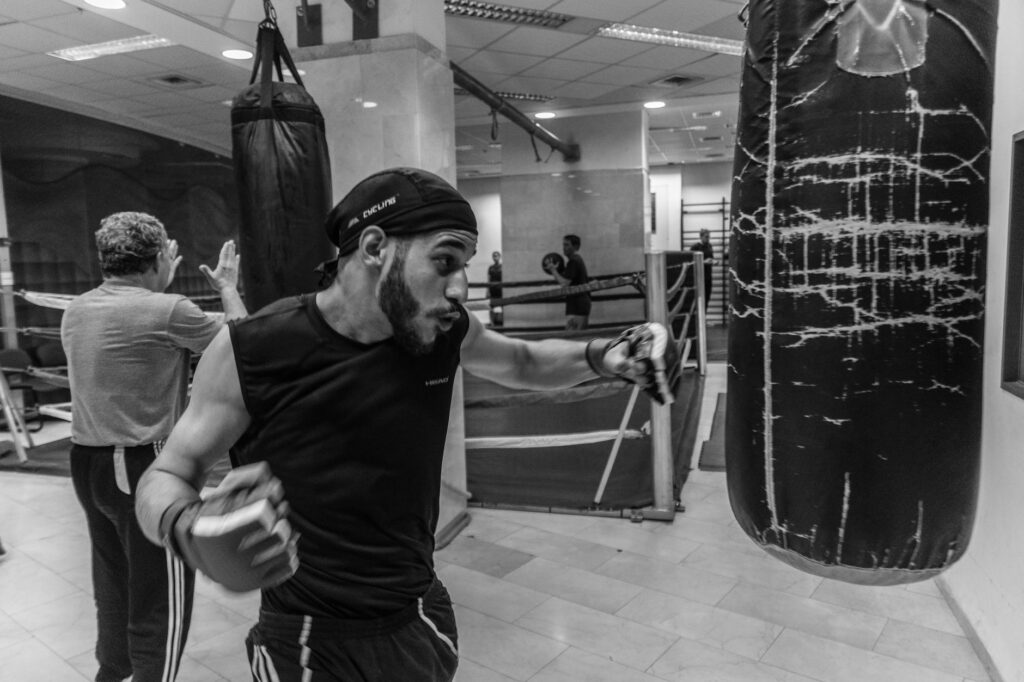What is focus session variations?

What is focus session variations?
In today’s fast-paced world, optimizing productivity is crucial. One method that has gained traction is the concept of focus session variations. This approach tailors your work sessions to enhance concentration and efficiency, ultimately transforming how you tackle tasks. But what are focus session variations, and why should you consider integrating them into your daily routine? Let’s explore.
Understanding Focus Session Variations
Focus session variations present a dynamic twist to traditional focus sessions. Instead of sticking to a rigid schedule, variations allow you to adapt based on your needs, preferences, and the tasks at hand.
Definition of Focus Session Variations
Focus session variations involve altering the structure of your concentration periods. For instance, rather than a standard hour of uninterrupted work, you might mix in shorter, intense bursts of focus followed by brief breaks.
An example of a focus session variation is the Pomodoro Technique, which consists of 25 minutes of focused work followed by a 5-minute break. This method leverages short sessions to maintain high levels of concentration while preventing burnout. To learn more about the Pomodoro Technique, check out this detailed guide on Pomodoro Technique.
The Purpose of Using Variations
Implementing variations in focus sessions serves several purposes. Primarily, it enhances productivity by combating monotony. When we engage in the same pattern day after day, our minds can wander, and our motivation wanes. Variations serve to keep our minds engaged and fresh. Moreover, different variations can cater to specific tasks or energy levels, providing you with a much-needed boost when needed.
Types of Focus Session Variations
Understanding the different types of focus session variations can help you tailor your approach to fit your unique working style.
Time-Based Variations
One of the simplest forms of variation is adjusting session lengths. For example, experimenting with 15, 30, or 60-minute focus sessions can reveal what works best for you. Shorter sessions can lead to heightened concentration, while longer sessions might be beneficial for more complex tasks.
Task-Based Variations
Another effective approach is task-based variations. By altering the type of tasks you focus on during a session, you can maintain your motivation levels. For instance, if you typically engage in tedious administrative work, switch to a creative task for your next session. This shift can provide a refreshing change of pace and stimulate your brain in different ways.
Environmental Variations
The environment where you work significantly impacts your concentration levels. Changing your setting—like moving from a quiet office to a bustling café—can provide a new backdrop that might enhance your focus. You might find that working in a different space can inspire creativity and motivation.

Photo by Rotem Kuperman
Implementing Focus Session Variations
Now that we understand the types of focus session variations, how can you effectively incorporate them into your daily routine?
Identifying Your Focus Style
Start by assessing your personal focus preferences. Some people thrive in environments with complete silence, while others perform better with background noise. Reflect on past experiences and identify what conditions lead to your best work.
Experimenting with Variations
Begin by implementing small changes. If you typically work for 60 minutes, try a 25-minute session followed by a 5-minute break. Track how these variations affect your productivity and engagement. Keep a log of what works and what doesn’t, allowing you to refine your approach over time.
Analyzing Results and Making Adjustments
After experimenting, take the time to analyze the results. Did you find that shorter sessions kept you more engaged? Or did longer sessions provide the focus you needed? Adjust your strategies based on your findings, creating a bespoke approach that fits your lifestyle.
For further insights on creating a successful focus routine, consider reading this article on How to Create a Successful Focus Routine.
Benefits of Focus Session Variations
Incorporating focus session variations into your routine can yield significant benefits.
Enhanced Productivity
By using variations, you can experience improved output. Short bursts of focus help maintain energy levels, while task diversity keeps your mind sharp. You’ll likely notice a boost in how much you accomplish.
Increased Engagement
Mixing session types keeps you engaged and reduces the risk of burnout. When you change tasks or environments, you refresh your mind, sparking creativity and preventing fatigue.
Better Work-Life Balance
Focus session variations can contribute to a healthier work-life balance. By optimizing your focus during work hours, you can complete tasks more efficiently, leaving more time for leisure and personal pursuits.
Conclusion
Focus session variations offer an engaging way to boost your productivity and enhance your working experience. By experimenting with different time lengths, task types, and work environments, you can discover what truly works for you. Embrace this dynamic approach to focus sessions, and watch your productivity soar. Don’t hesitate to explore these variations in your own routine—your future self will thank you!